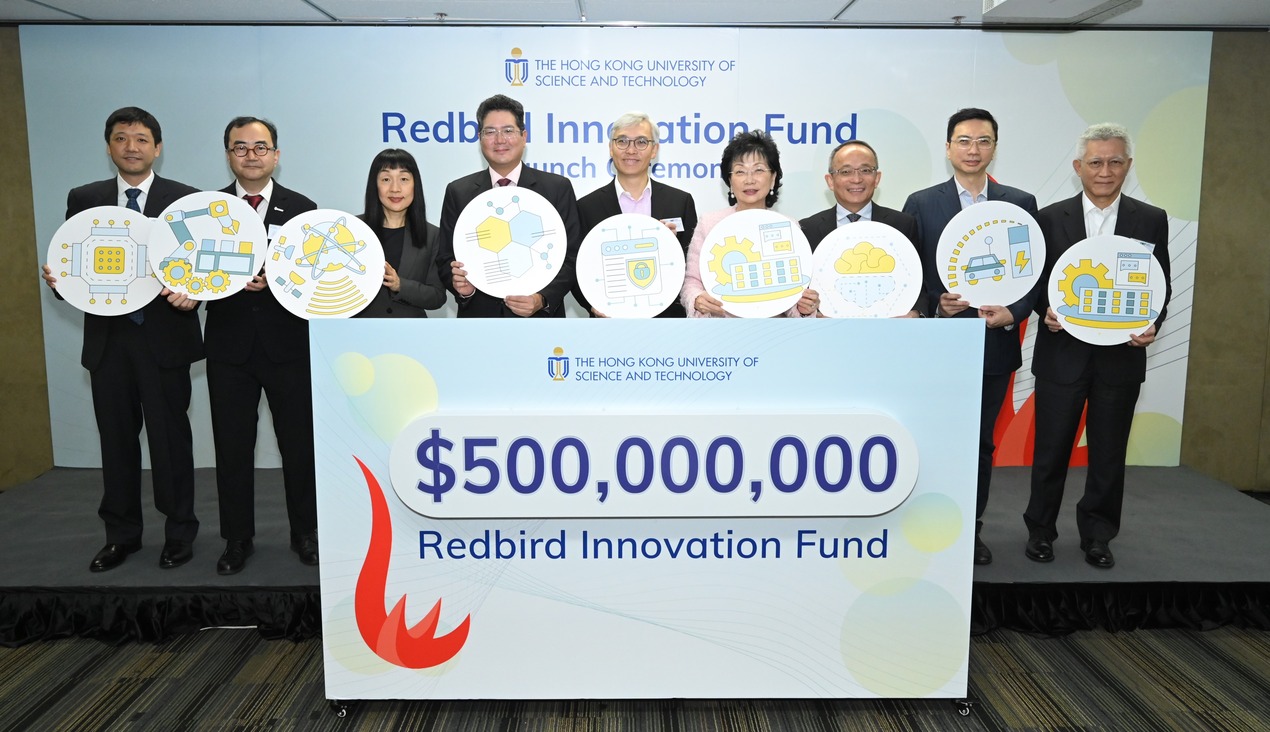
OpenGov Asia attended a panel discussion on the transition to zero-trust for the Singapore government held by GovTech Singapore on June 21. The panel discussion was moderated by Chai Chin Loon, Senior Director, Cybersecurity Group, GovTech. GovTech Singapore invited two panellists, Yum Shoen Yih, Director, Cyber Security Agency (CSA) and Avinash Lotke, Head of Security Solutions, APJ, Microsoft
To kickstart the discussion, Chai explained the basic principles of zero trust which encapsulate least-privilege, control access and limitation of lateral movement. In transitioning from traditional-based to zero-trust architecture, governments have to optimise administration as a manual approach is not efficient. The adoption of zero-trust is promising for the future, so the question is how governments and enterprises transition to zero-trust successfully.
Yum then discussed the adoption of zero-trust in the governments, big and small businesses, as well as individuals. He clarified the definition of zero-trust which is not trusting anybody, but not to trust by default. Zero-trust is a security framework requiring all users, whether in or outside the organisation’s network, to be authenticated, authorised, and continuously validated for security configuration and posture before being granted or keeping access to applications and data.
Yum emphasised that trust is a journey and currently most people usually highlight the principle of zero-trust. Only a few big companies have already given detailed implementation and full coverage of the necessary technology for implementing zero-trust. CSA analysed that most of the cybersecurity problems are rooted in the software that the cyber attackers use. If the agencies can control the software, the problem can be mitigated as well.
Regarding small and medium-sized enterprises (SMEs) and individuals, the solution must have the ability to map all the software and processes in the environment. In the zero-trust model, CSA created a trust list for the small business and individual environment to verify which activities, software, or applications have been authorised. By having the trust list, agencies have two levels of verification, the foreign software by the attackers can be detected quickly before more damage has been done.
Avinash then talked about how the COVID-19 pandemic accelerated the adoption of zero-trust as the existing network could not adapt to the change.
These are three keys of zero-trust:
- Verify explicitly: Always authenticate and authorise based on all available data points, including user identity, location, device health, service or workload, data classification, and anomalies.
- Grant least privileges: Limit user access with just-in-time and just-enough-access, risk-based adaptive policies, and data protection to help secure both data and productivity.
- Assume breach: Minimise blast radius and segment access. Verify end-to-end encryption and use analytics to get visibility, drive threat detection, and improve defences. If agencies are not sure if there is an attacker in the network, always assume the attackers are already inside. These principles help maintain high-level cybersecurity at all times.
On being asked about the challenges in transitioning to zero-trust, Avinash explained that Microsoft has a structured approach to zero-trust. The effort spans many technologies and organisations as well as requires investments that will carry over multiple years. The strategy is centred on strong user identity, device health verification, and secure, least-privilege access to corporate resources and services, all backed by rich data insights that reduce the risk of unauthorised lateral movement across the corporate network.
Experts in other countries also recommend zero-trust principles to combat ransomware threats. As reported by OpenGov Asia, in the light of many cyberattacks, the U.S. government has resorted to zero-trust security, their model that assumes all traffic on a network could be a threat and requires every user to be authenticated and authorised before being granted access to any sensitive application or data.
While zero-trust security doesn’t protect networks from every possible attack, it reduces risk, speeds up threat detection and closes gaps in visibility. It is tailor-made for a world where cloud computing and an ever-increasing number of mobile devices are increasing the network attack surface and demanding finer-grain security controls.
















